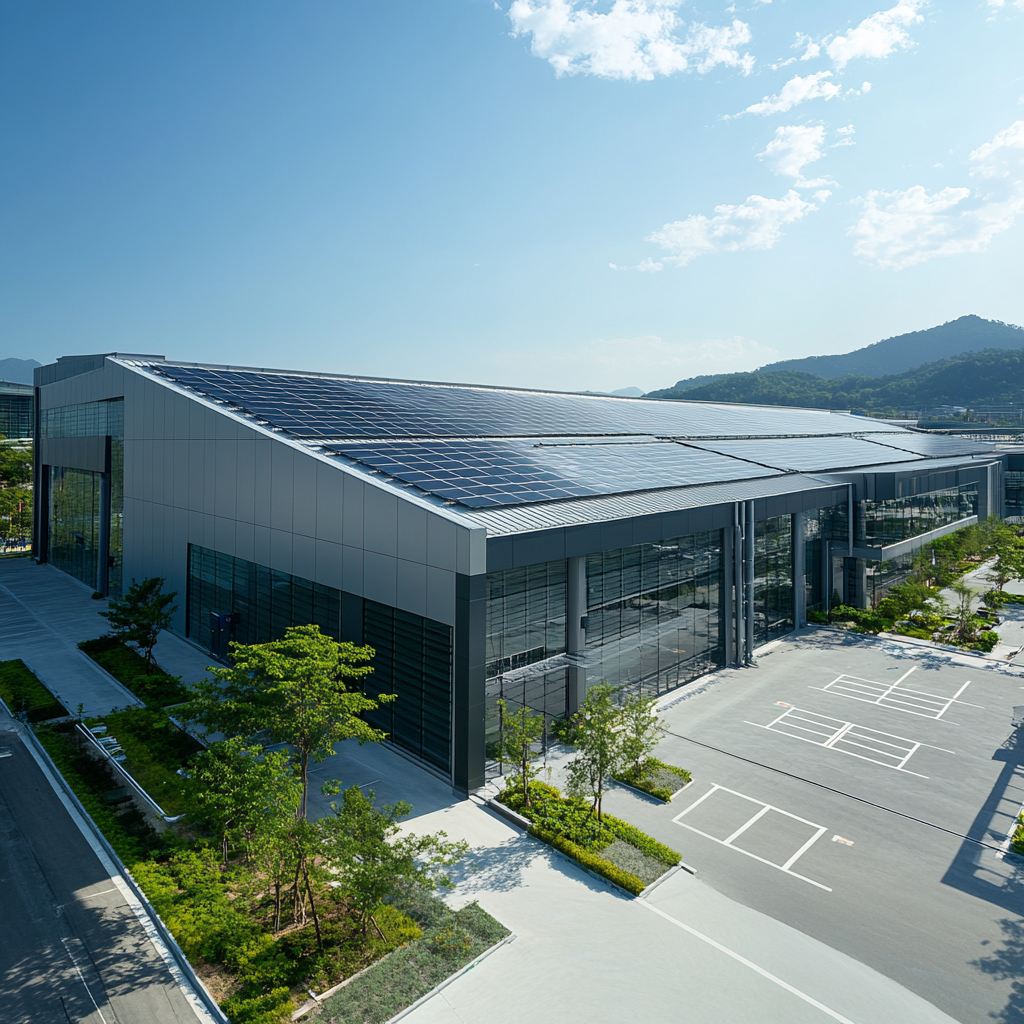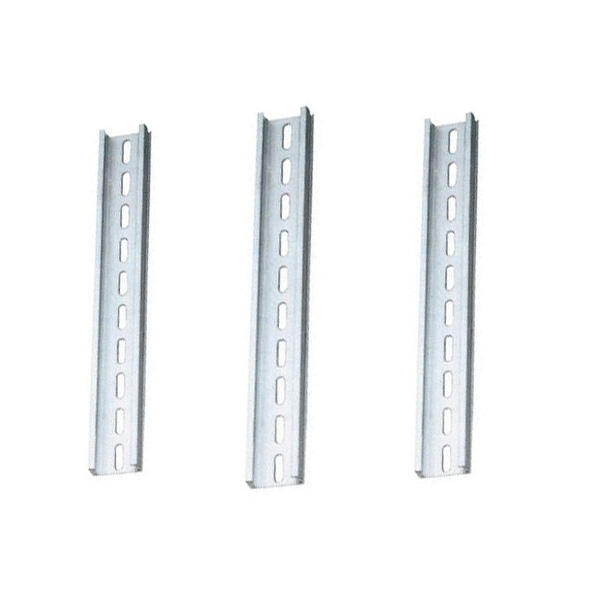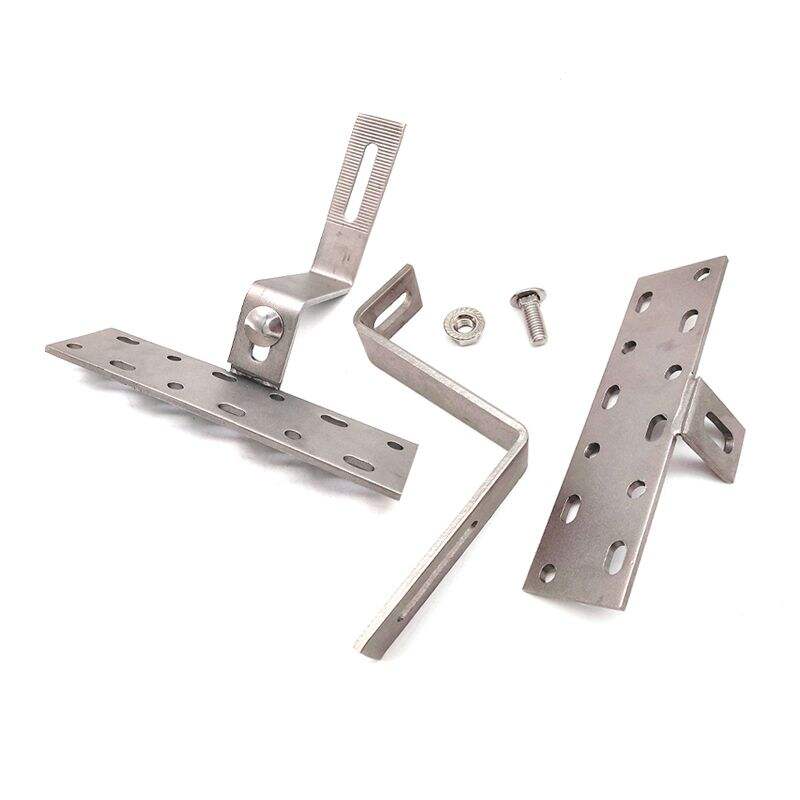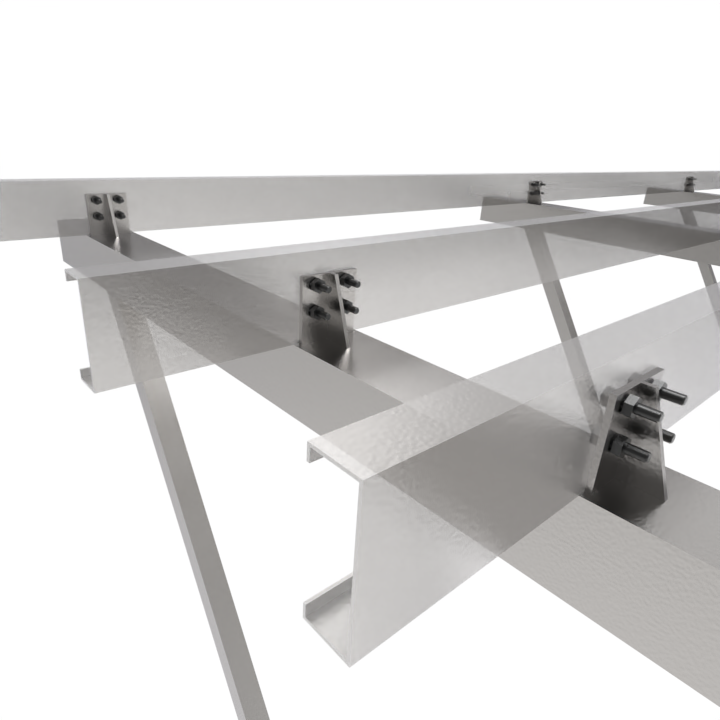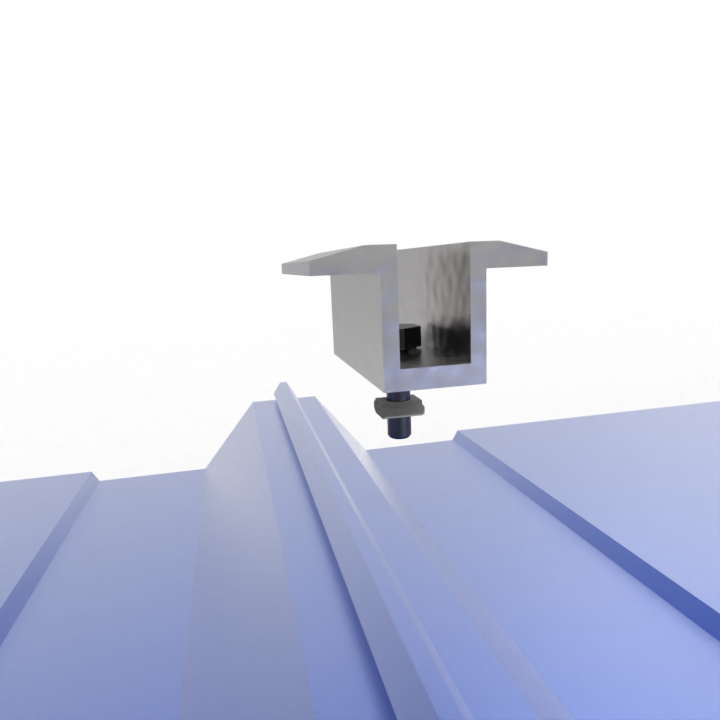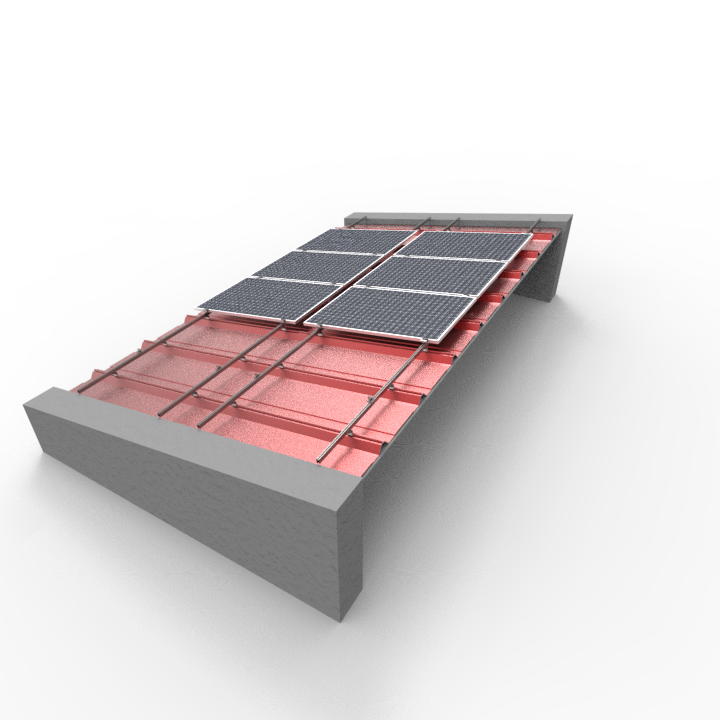Can a steel carport withstand strong winds and heavy snow?
Introduction to Steel Carports' Durability
Durability is a key factor when considering steel carports, particularly in the context of their ability to withstand various weather conditions. Steel carports are known for their resilience, offering superior protection against extreme weather events such as strong winds, heavy snowfall, and intense heat. This resilience is largely attributed to the intrinsic properties of steel, which include high strength, longevity, and minimal maintenance requirements.
Steel's robustness gives it a significant advantage over other materials commonly used in carport construction. Unlike wood, which can rot, or plastic, which can degrade under UV exposure, steel remains steadfast, providing reliable long-term service. This durability means that steel carports often outlast their counterparts made from less resilient materials, offering a cost-effective solution that requires fewer repairs and less frequent replacements.
There are numerous instances where steel carports have proven their durability in real-world conditions. In regions prone to hurricanes or severe storms, steel carports have withstood the test, demonstrating their capacity to endure harsh environments without succumbing to structural damage. Their ability to bear such tests of endurance further cements steel as the material of choice for those seeking a durable carport solution.
Wind Resistance: Can Steel Carports Withstand Strong Winds?
Steel carports are engineered with specific design features that significantly enhance their wind resistance. Key to these features are aerodynamic shapes that reduce wind drag and structural reinforcements that increase overall sturdiness. For instance, many steel carports are constructed with sloping roofs that deflect wind pressure more efficiently than flat surfaces, decreasing the likelihood of structural failure. Additionally, the use of robust materials in frames and joints contributes to their resilience during high-wind conditions.
Anchoring systems and structural design play a pivotal role in ensuring steel carports remain stable during strong winds. Industry standards often dictate the incorporation of advanced anchoring techniques to secure carports to the ground, which is essential in areas prone to high wind speeds. The use of hurricane straps, similar to those applied in residential buildings to combat roof uplift, provides an extra layer of security. These elements work together to anchor the carport firmly, limiting movement and preventing potential damage.
Steel carports generally withstand significant wind speeds, often reaching up to 100 miles per hour, depending on their design and construction quality. According to various industry testing results, well-anchored and appropriately reinforced steel carports can resist winds comparable to those encountered in moderate hurricanes. This capability not only safeguards the carport itself but also ensures the protection of vehicles and other contents sheltered beneath it.
Snow Load Capacity: Do Steel Carports Handle Heavy Snow?
Steel carports are designed with snow load capacity in mind, making them a viable choice for regions prone to heavy snowfall. Ensuring you select a design suitable for your climate is crucial, as the snow load capacity indicates how much weight the carport can support without risk of collapse. Steel carports typically offer varying snow load ratings, and it's essential to choose one manufactured to handle the specific snow loads expected in your area. Investing in a robust design is vital for the safety and longevity of your structure.
Key factors impacting snow load capacity include the roof pitch and the type of support structure. A steeper roof pitch allows snow to slide off more easily, reducing accumulation. On the other hand, a flat or low-pitched roof may require additional structural support to handle the weight. The support structure also plays a significant role in distributing weight effectively, mitigating risks of damage or collapse. Understanding these elements helps ensure you select a carport tailored to withstand local snowfall conditions.
Data supports that many steel carports are engineered to withstand significant snow load pressures. Depending on the design specifications, some carports can handle loads exceeding 30 pounds per square foot (psf). For example, expert opinions indicate that steel carports with enhanced engineering features can endure snow loads ranging from 20 to 50 psf, demonstrating their capability to endure demanding conditions. This data highlights the importance of assessing snow load capacity when selecting a carport for areas subject to heavy snowfall.
Additional Reinforcements for Enhanced Weather Resistance
Enhancing the weather resistance of steel carports can be achieved through several reinforcement methods. These include additional bracing and reinforced anchors, which are specifically designed to increase the structures' resilience against wind and snow. Additional bracing involves the inclusion of extra support elements to strengthen the carport's frame, minimizing swaying and increasing stability during strong winds. Reinforced anchors, on the other hand, ensure that the structure is firmly secured to the ground, reducing the risk of uplift during heavy wind storms.
Regular maintenance is crucial to ensure that steel carports remain durable and can withstand extreme weather conditions. Consistent inspections and maintenance measures, such as checking for rust, ensuring connections are secure, and replacing any compromised components, can significantly enhance the longevity and performance of these structures. Poor maintenance can lead to weaknesses that are exacerbated during extreme weather, potentially resulting in significant damage or even structural failure.
Industry experts often recommend adhering to a regular maintenance schedule to keep steel carports robust over time. This typically involves conducting inspections bi-annually, with additional checks after severe weather events. Such practices help in identifying potential issues early on, allowing for timely repairs and adjustments. By combining these proactive maintenance strategies with additional reinforcement techniques, steel carports can be prepared to face even the harshest weather conditions, ensuring safety and durability over time.
Conclusion: Ensuring Your Carport is Prepared for Extreme Weather
In closing, steel carports stand as a durable option against harsh weather, particularly wind and snow, due to their robust construction. However, making informed decisions about design features and rigorous maintenance routines are crucial to optimizing their performance during extreme weather conditions. Regular check-ups and timely reinforcements ensure these structures not only withstand challenges but remain functional and safe over time.
FAQ
Why are steel carports more durable compared to other materials?
Steel carports are more durable due to steel's high strength, longevity, and minimal maintenance needs. Unlike wood, which can rot, or plastic, which degrades under UV exposure, steel remains steadfast over time.
Can steel carports withstand strong winds?
Yes, steel carports are engineered with features like aerodynamic shapes and structural reinforcements, allowing them to resist significant wind speeds, often up to 100 miles per hour.
How do steel carports handle heavy snow?
Steel carports are designed for snow load capacity, with features such as steeper roof pitches and robust support structures to handle heavy snow without collapsing.
What maintenance is needed for steel carports?
Regular inspections and maintenance, such as checking for rust and ensuring connections are secure, are crucial to ensure steel carports remain durable and can withstand extreme weather conditions.


